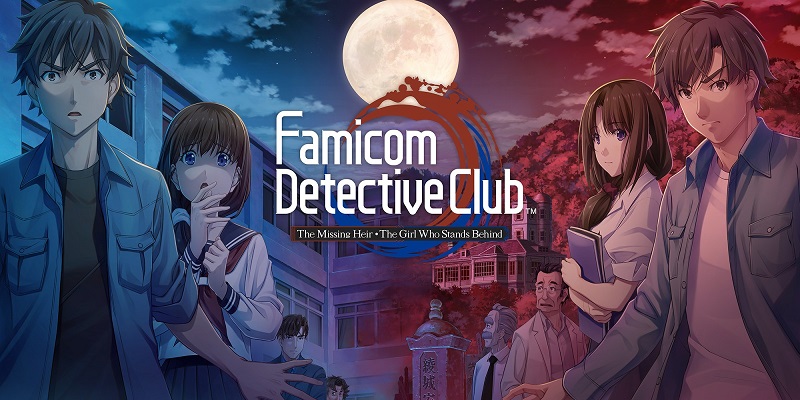Originally released in the 1980s as a Japan-exclusive on the NES (or Famicom as it’s known over there), the Famicom Detective Club duo has now been re-released for the Nintendo Switch. Having been fully rebuilt from the ground up, this visual novel duo gave me and so many others the chance to play two great games that we otherwise would have missed.
The first game in the series, The Missing Heir, sees you cast as a young detective at the Utsugi Detective Agency. Having been found at the foot of a cliff with no memory of how you got there and no memory of, well, anything, you quickly realise that you were investigating the death of the extremely wealthy Kiku Ayoshiro, and whether or not foul play was involved in her death. The details surrounding that you’re going to have to find out for yourself. Let it be known – the village is also supposedly haunted.
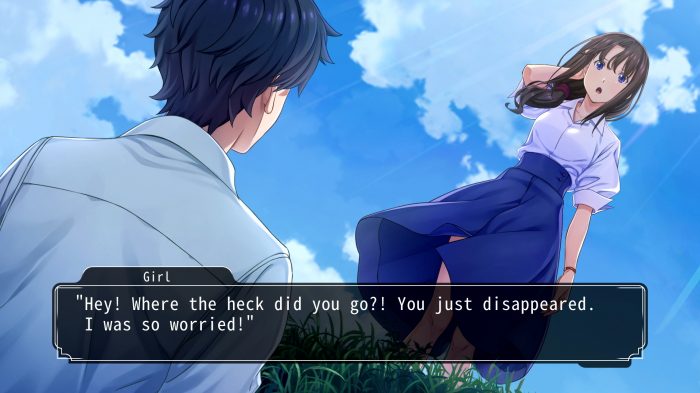
You’re able to choose the name of your protagonist, but sadly, you’re only allowed to be male. I was totally unaware of this before actually naming my character, so throughout both games (with save data transferring over) I was known as “Mr Chelly Beardsmore”. I guess having a male protagonist fits the story better.
The second game in the series – which is actually a prequel – is The Girl Who Stands Behind. This one centres around the death of a high-school student and ‘Detective Club’ co-founder, Yoko. Players must investigate his death as well as search for his missing parents whilst rumours of a supernatural nature circle the mystery.
Both games feature an almost identical gameplay style. You will travel back and forth examining crime scenes and speaking to witnesses to get to the bottom of these mysterious murders. You do this by navigating a simple yet effective menu, selecting from various choices including ‘Talk’, ‘Look/Examine’ and ‘Call/Engage’. Selecting the talk option opens up several dialogue options, the look/examine option allows you to search an area with your cursor, and call/engage allows you to bring another character to your attention. These are the main things you will use throughout the course of your investigation.
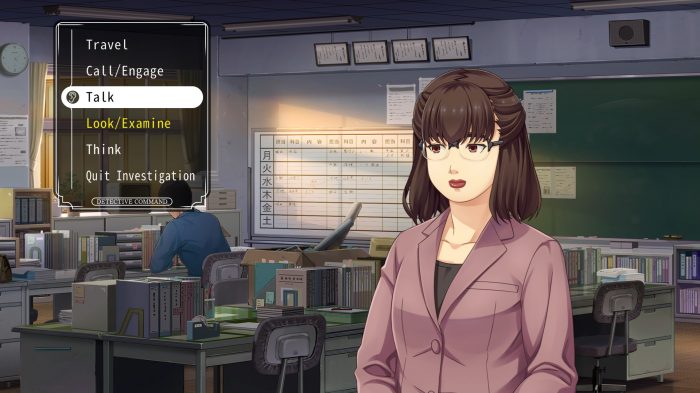
Sadly, I found that in both games I was often selecting every option I could, rather than having an inkling of what to talk about from past clues. I expected suspects to give hints in what they were saying that would allow me to piece together at least part of the puzzle, but this didn’t appear to be the case.
Famicom Detective Club would have also benefitted greatly from an updated dialogue system that could display to you when a particular option has been expended. Numerous times I found myself reading the same interaction because I was trying to figure out what option I needed to select in order to pressure the witness into telling me a little more. This obviously became frustrating when I couldn’t figure out what I had to select next.
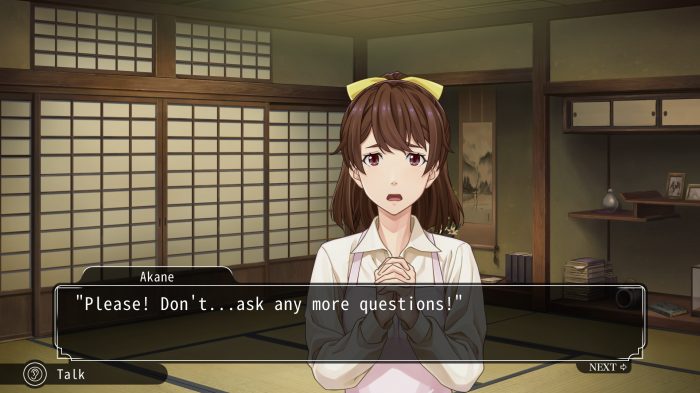
Despite these dialogue bumps, Famicom Detective Club’s storytelling is fantastic and keeps you hooked from the get-go. I was constantly taking guesses at who I thought the culprit could be and was continuously surprised at both stories’ developments. Each and every character you meet and speak to oozes with personality, and that’s exactly what you want from a visual novel. Playing through both games one after the other was great too, because you notice similarities in the stories; characters that you have met before and little things that connect both games together. They can also be played in any order – whether that be by chronological order or by which was released first.
Famicom Detective Club is a game that is easy to pick up and play – whether it be for five minutes or five hours – and it has a really great feature which I think a lot of games should implement, which is the ability to recap the story. Whenever you quit the game and load back in, you will be asked if you want to recap what you have previously played. This is a very quick run-through of the story to get you back up to speed. Wonderful.
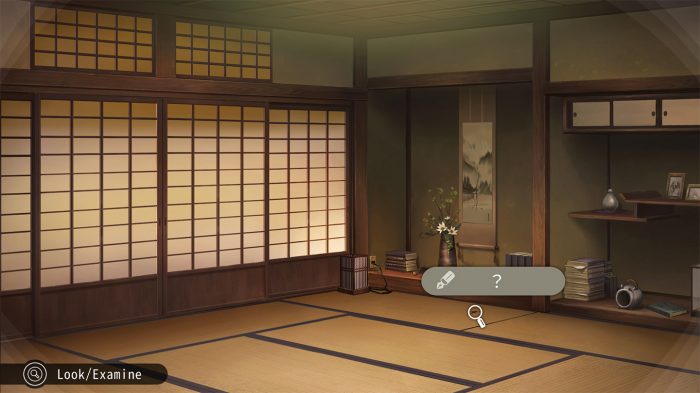
Where Famicom Detective Club truly excels is in its updated art style, which is completely hand-drawn and looks incredible. I really think this is the best looking visual novel I have ever played. The detail within the areas you explore and the characters themselves are of the highest quality – I was completely blown away. Character’s expressions even change with each sentence spoken, which is something that you rarely see in visual novels.
On top of that, the game features fully-voiced characters and a brilliant soundtrack to accompany the art style. It’s a Japanese voice over with English subtitles, allowing it to stick to its roots, which I enjoyed. The soundtrack also allows you to change between the original and the remastered version which was a nice bonus – both of which are great to listen to.
Overall, Famicom Detective Club: The Missing Heir & The Girl Who Stands Behind is a wonderful revitalised duo from Nintendo that I feel any visual novel fan needs to experience. It was a truly pleasant surprise.
Famicom Detective Club: The Missing Heir & The Girl Who Stands Behind £49.99
Summary
Famicom Detective Club is a fantastic revitalised visual novel, let down only slightly by its lacking narrative options and gender selection. I would say that this is the best visual novel game I have had the pleasure of playing.

